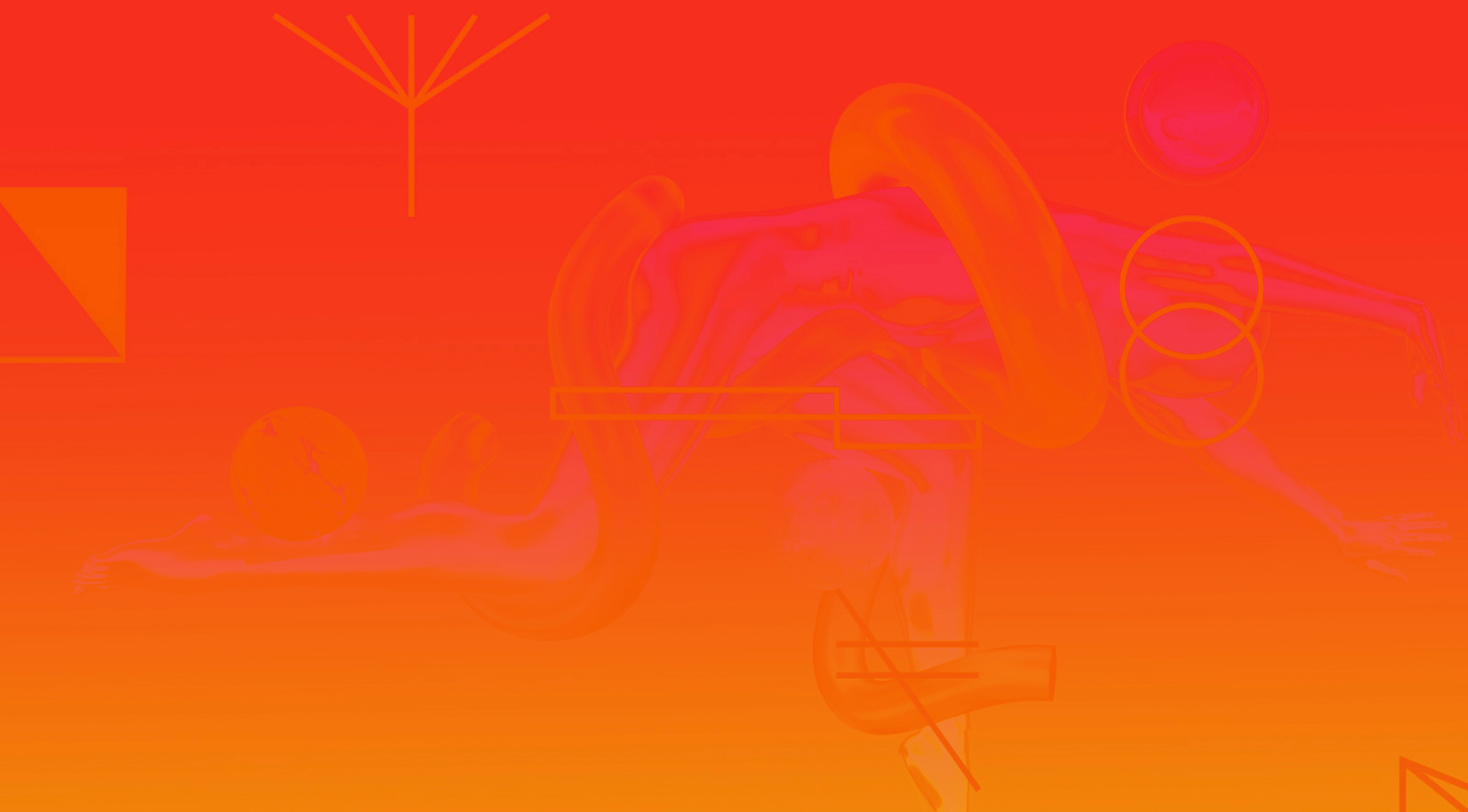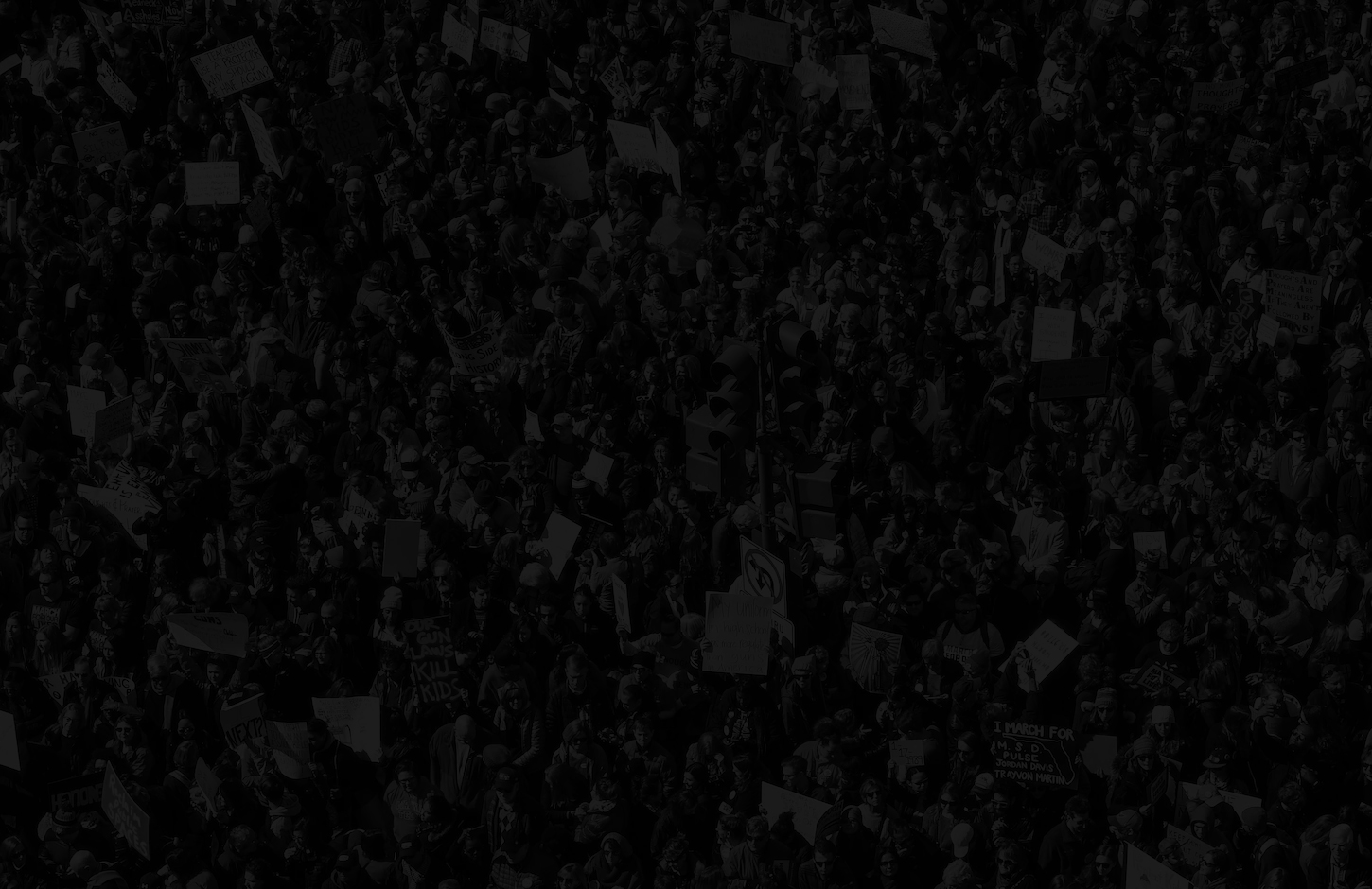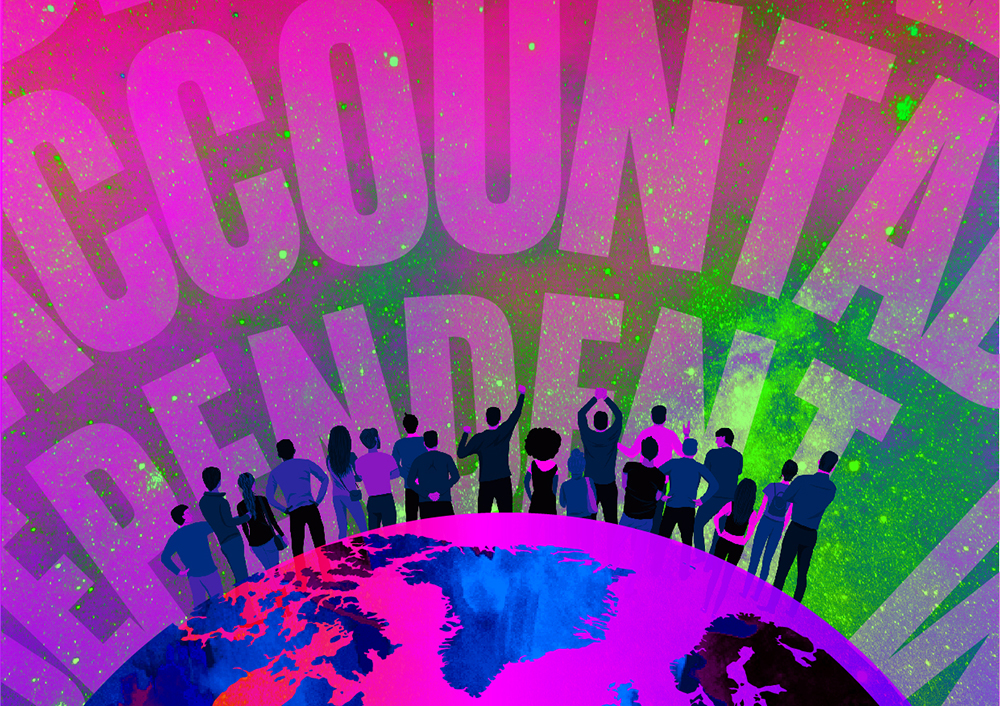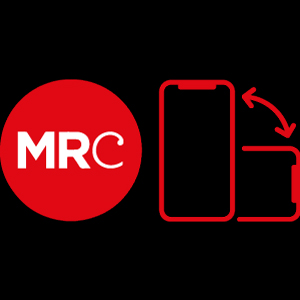Debs Grayson reflects on MRC’s movement building work.
Since the end of last year, I have been convening movement building sessions framed around the idea of a ‘media transition’. By this, we mean a large scale move away from the corporate, hierarchical and damaging media system we have today, towards a collectively owned and democratically governed media of the future – which MRC has been calling the ‘media commons’.
The idea was to bring together people from organisations directly working on building alternative media infrastructures – supporting independent news and community radio, fighting for media worker rights and creating new models of accountability – with people from wider social justice movements. This has included people working on issues such as housing equity, food sovereignty, democratic participation and climate justice. Through these conversations, we hope to develop a shared vision of a transformed media system, and strategise about how to get there.
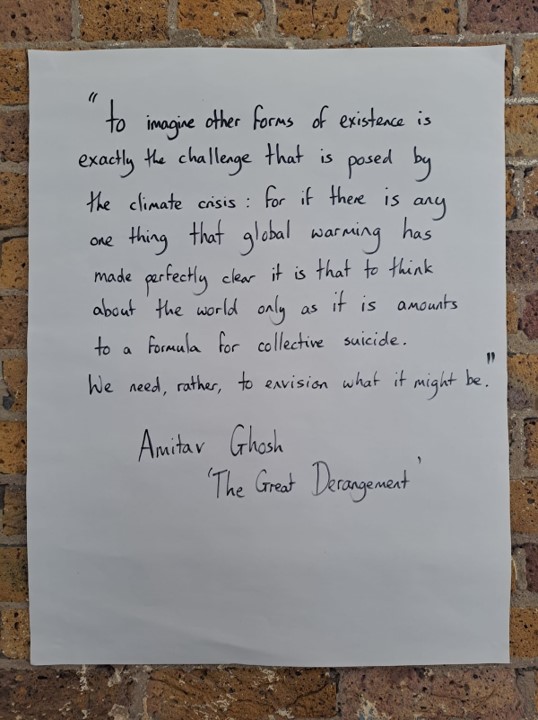
So far, we have had one online meeting and one in-person session, and at the end of July we will spend an overnight retreat doing some more in-depth collective thinking. One of the challenges we have immediately faced is conceptual: how do we go about imagining a media system that is fundamentally different to today? This can be especially hard when trying to conceive of alternative media and information infrastructures, because we are so immersed in them every day and it’s hard to imagine ‘taking action’ without them. For example, if we talk about making a system collaborative, this pretty much has to involve sending emails or messages, creating shared digital documents, or publicising events via social media channels. It’s hard to even think what collaboration could look like if our communicative tools were dramatically different.
Rather than starting with direct questions about what a future media system should look like, our initial meetings have tried to create the conditions where that kind of imaginative work can take place. At our first meeting we considered this Arundhati Roy quote: “Another world is not only possible, she is on her way. On a quiet day, I can hear her breathing.” We then took some time to reflect and share answers to the question: when have you felt like another world is possible?
Some of the common themes in our answers were:
- in camps where you build a different environment for a time, outside in nature, while walking or having relationships with plants, “seeing the cycle of life through growing”
- with young people, drawing on their optimism and capacity to learn, “wherever there is learning there is hope”
- in small everyday actions of care and collaboration – sharing food, helping each other on the street, “little moments of care and listening and imagining collectively”
- while taking action – in the intensity of struggle, and also in designing and making, “imagining and doing are intimately connected”
- when talking to elders and remembering how things were done differently in the past
- when there is psychological safety, not being afraid of judgement and allowing differences to be held, “there can be opposition but openness to shared values and perspectives”
At our second meeting in March, we worked on building relationships and a sense of the group – a process one person described as “creating the trust to dream together”. This meant acknowledging that while we were all coming as members of organisations, we are also people outside of that work, and could bring other resources, dreams, needs and ideas from those wider selves. To introduce ourselves, the facilitator asked us to bring someone else into the room – someone whose energy or perspective could support us. People bought relatives and friends who have passed, ancestors, freedom fighters, children and their younger selves. It meant we started conversations with much more holistic sense of each other than if we had begun with our work-related identities.
After this, we went into some more work-focused conversations, answering some challenging questions e.g. about how liberation is (and isn’t) present in our work. For me, these conversations help me think more deeply about the connection between my far-off transformative visions and the day-to-day work of trying to be with each other in less hierarchical and violent ways. It made me see greater value in some of the ways I’ve tried to go about my role, such as trying to create genuine collaborations even if that has meant changing the timetable for my activities, or navigating Goldsmiths’ bureaucracy to get people paid on time. They’re small acts, but part of trying to build new kinds of collectives.
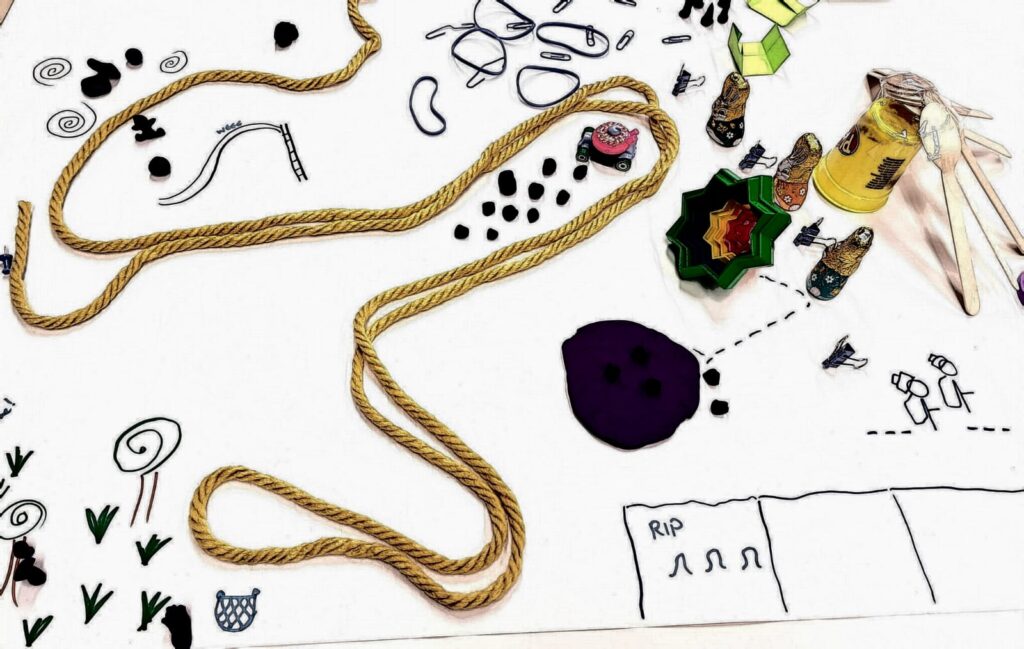
We ended the day with a pre-figurative imagining exercise, where we were given string and plasticine and pens and paper and asked to create a scene from an imagined future. My group created a rock concert, held in a cave with naturally amplifying acoustics so it didn’t need lots of electricity, with a kids play area, a reed bed sewage system, a vibrating floor for Deaf fans, and a remembrance wall for fans of the band who have passed on. Other groups used the time to talk about moments when they felt that sense of opening up, and the possibility of approaching differences with curiosity and care rather than when they have felt like axes of oppression and exclusion.
In the debrief the facilitator ended by saying that liberation work is challenging because we are “trying to build the plane while we are flying it”. Although it can be tempting to jump straight into creating strategy documents and to-do lists, we also have to be prepared for what could happen if we are successful, and the kind of pushback we will receive from those invested in the current system. So spending time building relationships and trust is necessary both to allow us to be creative together, but also to build the resilience to hold each other through the turbulence ahead.
